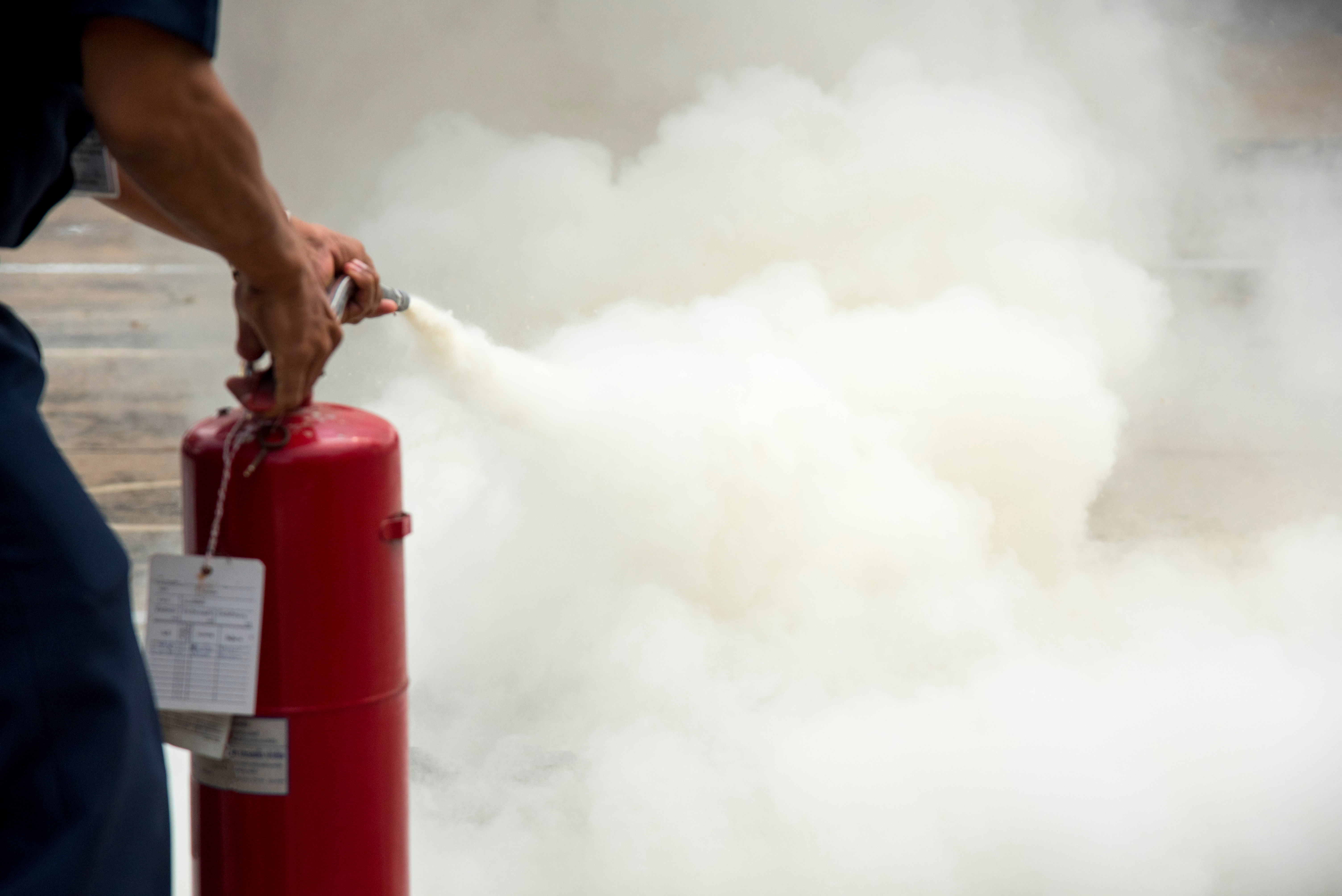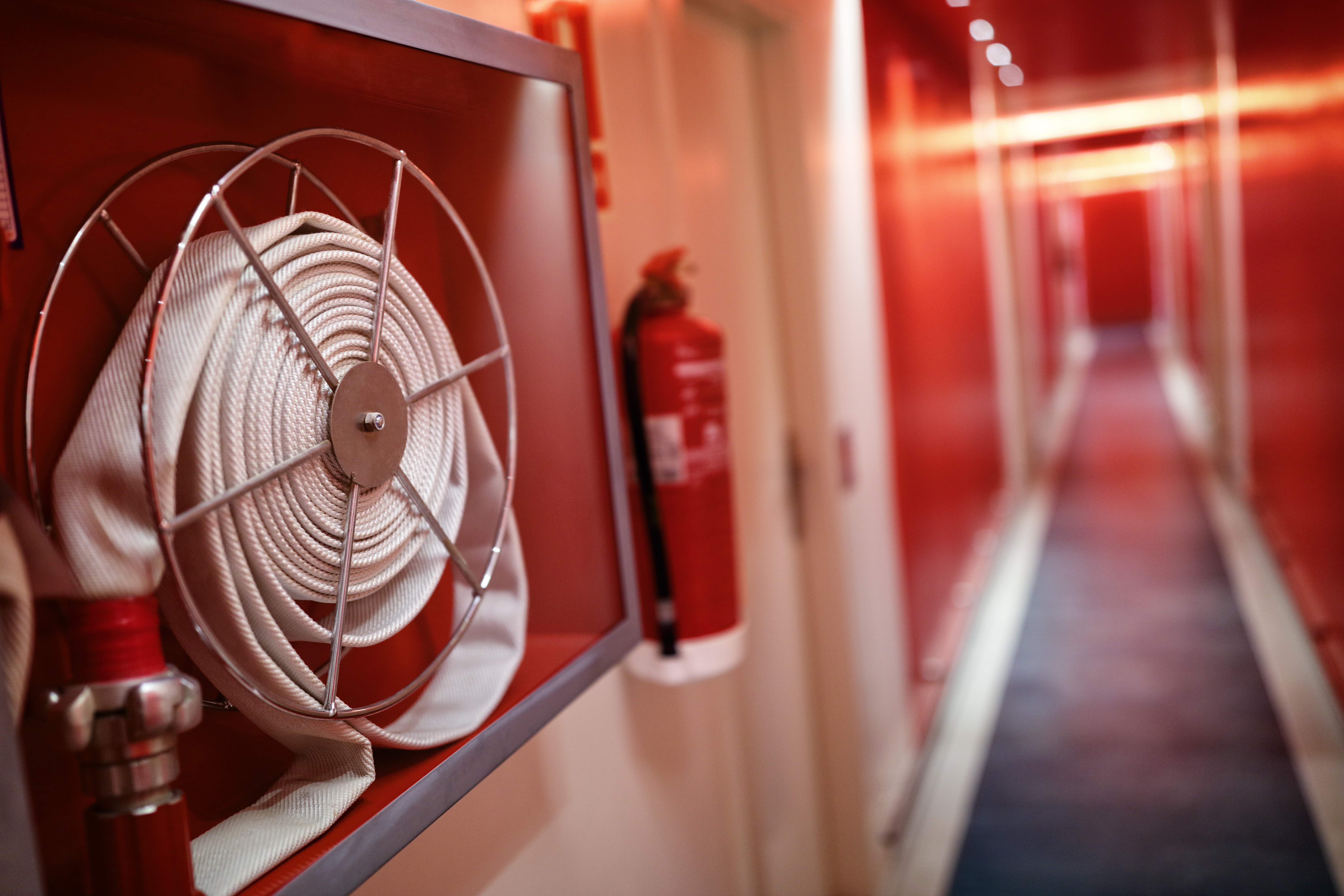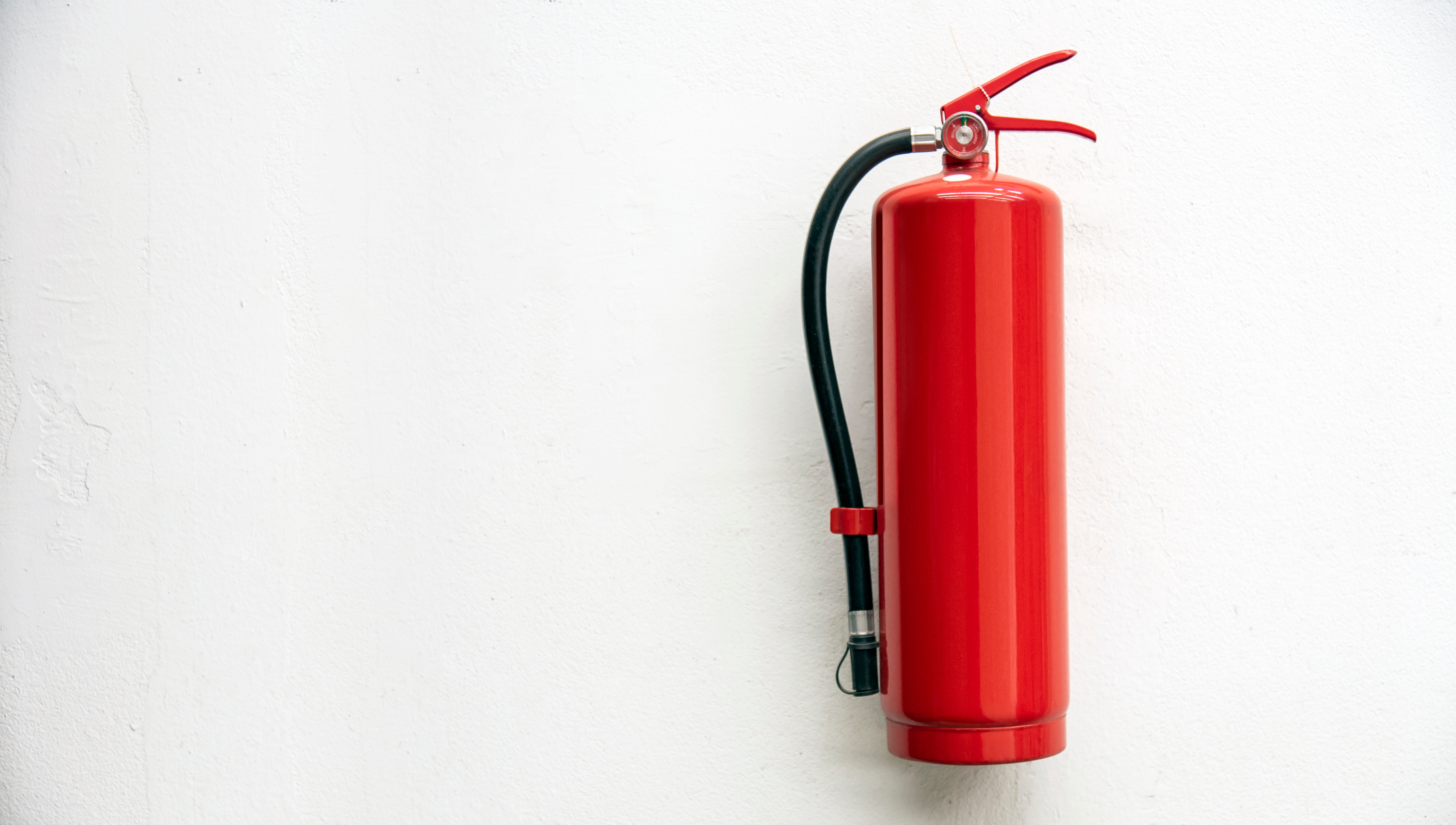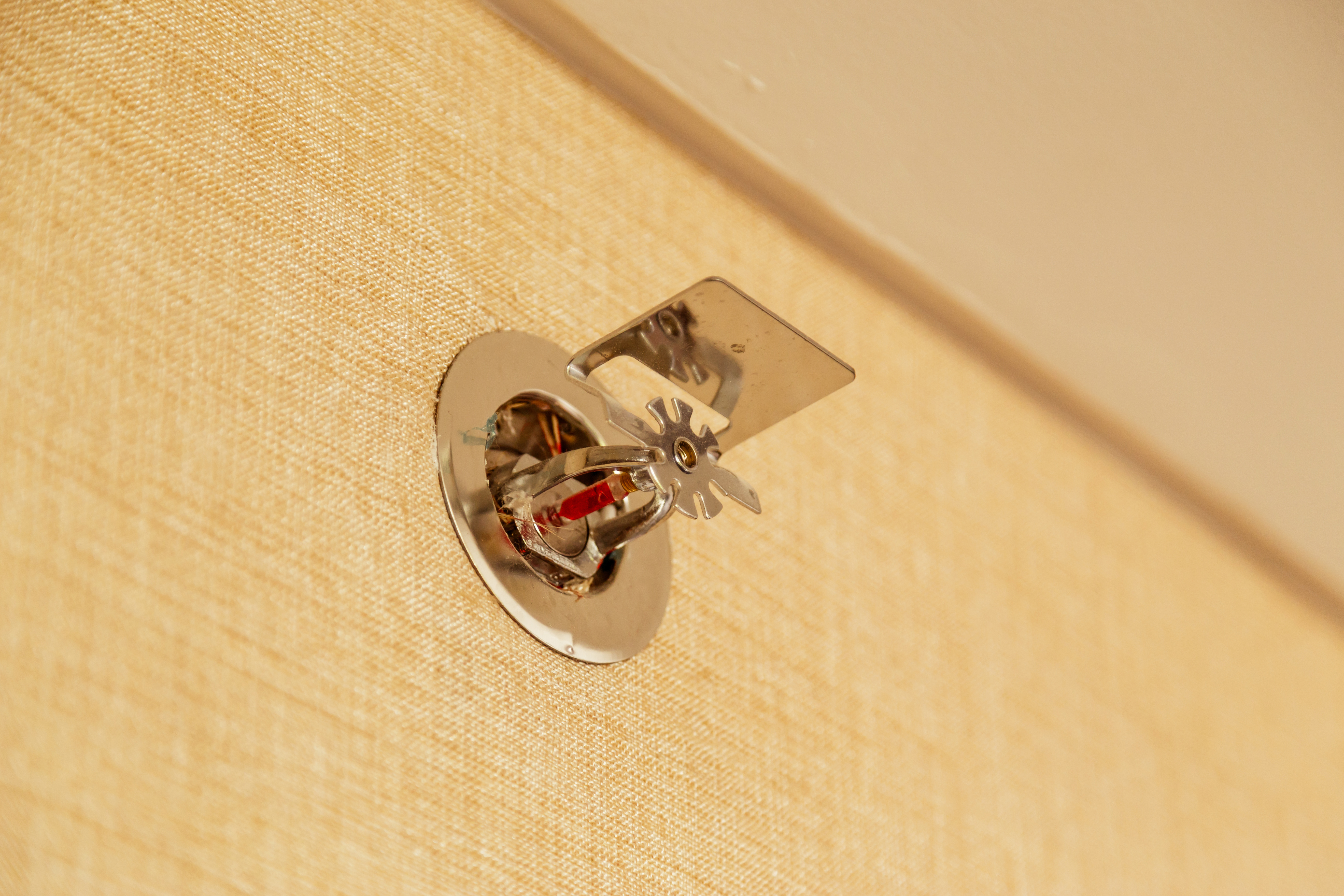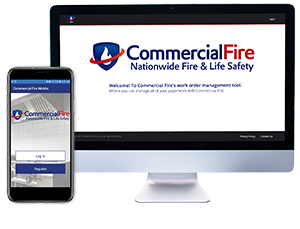Key to Fast Pay
It’s all in the paperwork, or the amount thereof. Of course, timely submittal of all paperwork, has a lot to do with how fast an affiliate gets their invoice paid, that’s never a sticking point at Commercial Fire. All we need from you is a signed work order (by your onsite representative), the asset data page on the type of equipment at that location, a service ticket with details of work performed, an inspection document (if the service type requires one), and a line item invoice for customer billing purposes. Once all of that’s received, getting paid is fast and efficient, especially if you use an online dashboard, like Commercial Fire’s, to submit your paperwork. Using this electronic option can result in getting your money much quicker—even on a weekly basis!


